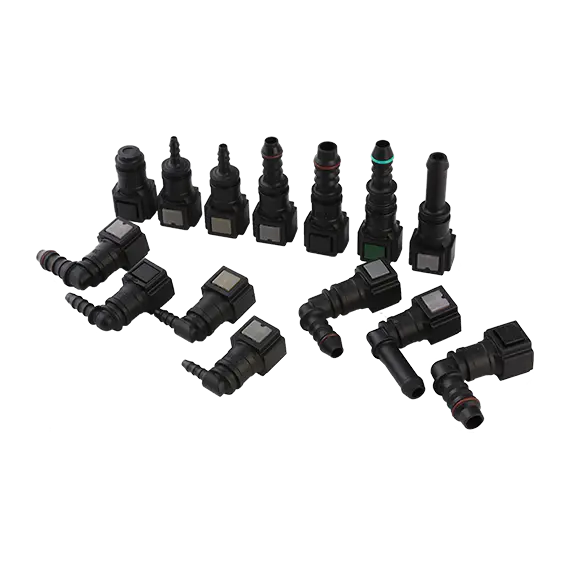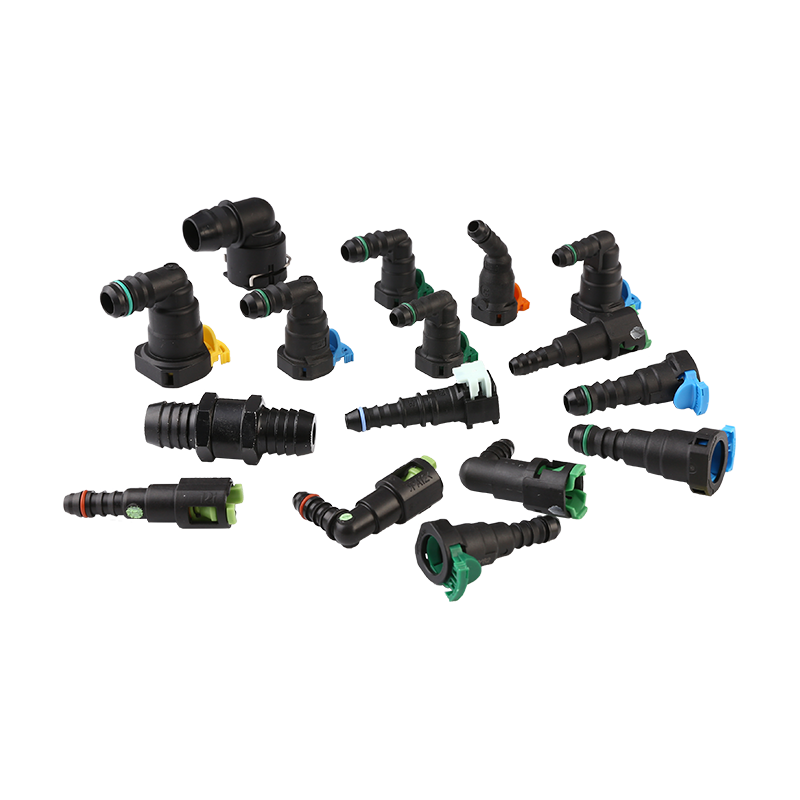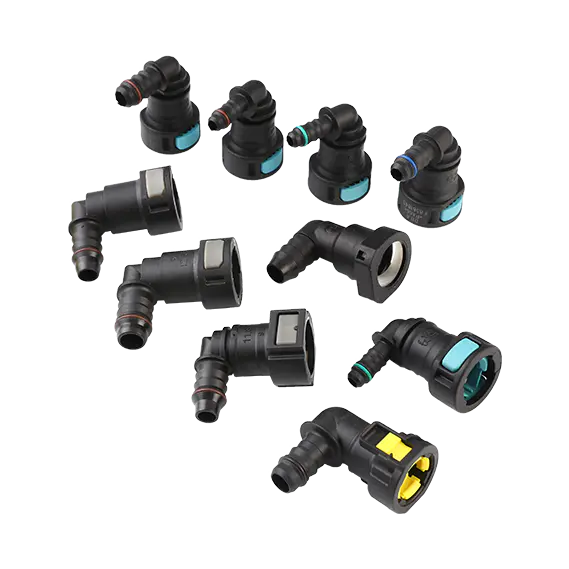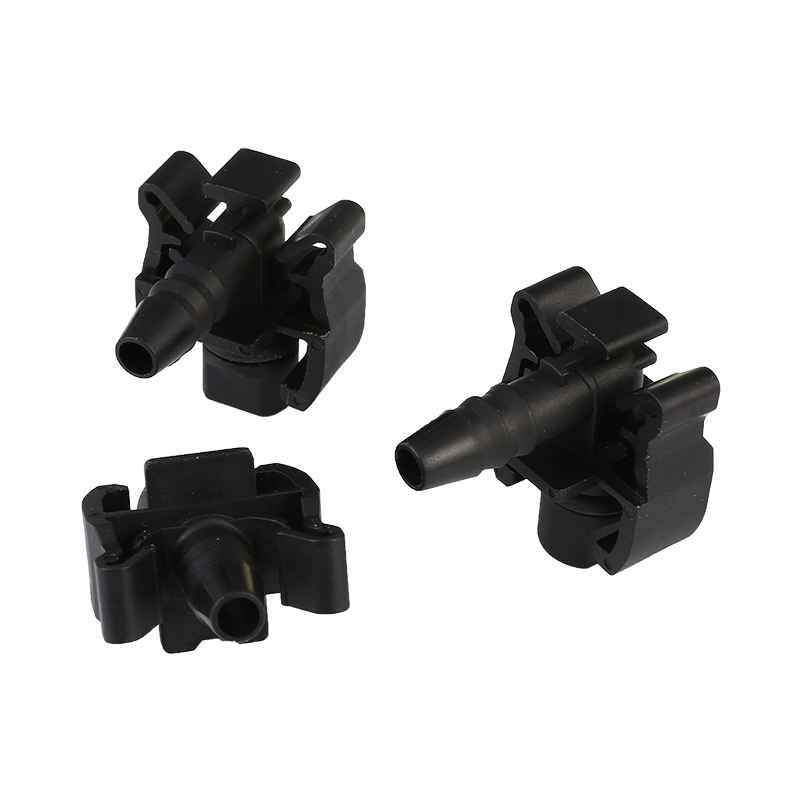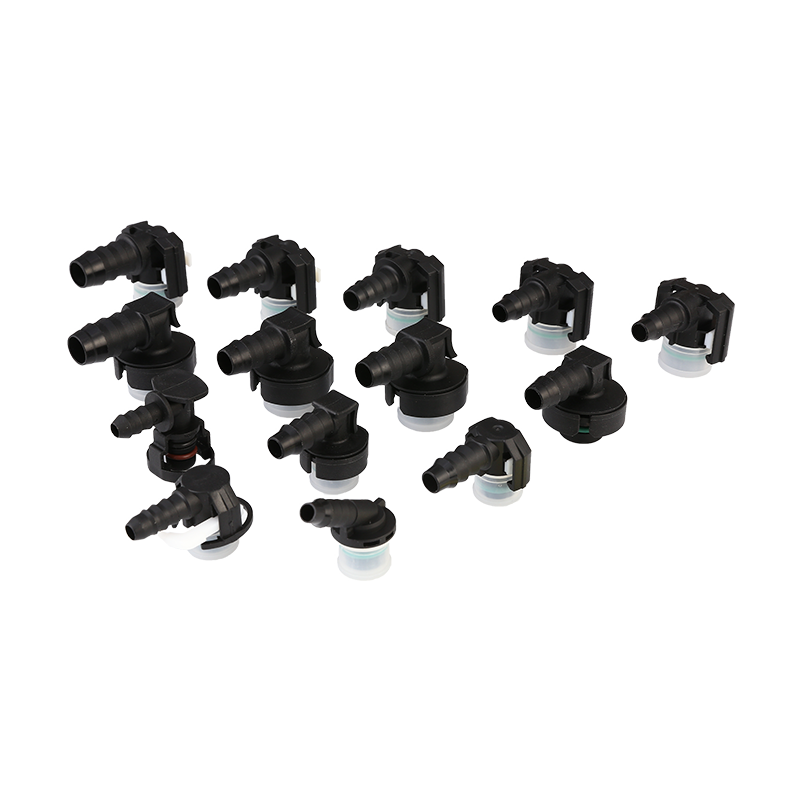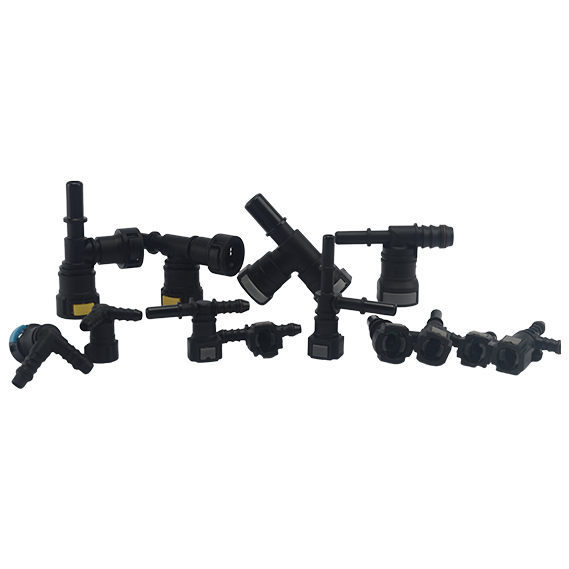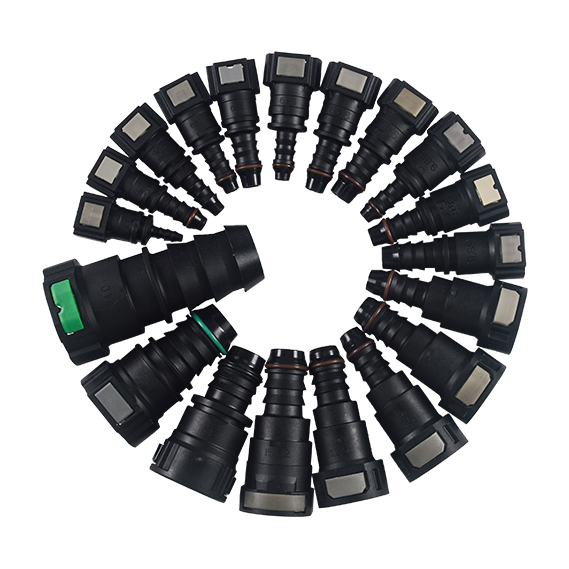Precision in Motion: Unveiling the Versatility of Automotive Pipe Fittings
In the complex and interconnected world of automobiles, every component plays a crucial role in ensuring a vehicle's performance and functionality. Among these components, automotive pipe fittings stand out as versatile workhorses that enable the smooth operation of various systems within a vehicle.
1. The Significance of Automotive Pipe Fittings:
Automotive pipe fittings are essential components that connect, redirect, and control the flow of fluids and gases within a vehicle. They serve as the junctions between different parts of a vehicle's fluid systems, facilitating the movement of essential fluids such as fuel, brake fluid, coolant, and hydraulic fluids. Their significance lies in their ability to ensure the proper functioning of critical systems, including the engine, braking, steering, and air conditioning.
2. Diverse Applications of Automotive Pipe Fittings:
Automotive pipe fittings find applications in various parts of a vehicle, each serving a distinct purpose:
Fuel System: In the fuel system, pipe fittings connect fuel lines, filters, and injectors, ensuring a seamless flow of fuel to the engine. These fittings must be leak-proof and resistant to the corrosive properties of fuel.
Brake System: In the brake system, pipe fittings are responsible for transmitting brake fluid pressure from the master cylinder to the wheel cylinders or brake calipers. Precision fittings are crucial here to maintain the integrity of the brake system and ensure safe and responsive braking.
Cooling System: Automotive pipe fittings play a role in connecting hoses and components in the engine's cooling system, helping regulate the engine's temperature and prevent overheating.
Hydraulic Systems: In hydraulic systems, such as power steering or transmission systems, pipe fittings control the flow of hydraulic fluids to enable precise and smooth operation.
Air Conditioning System: Pipe fittings are used to connect refrigerant lines in the vehicle's air conditioning system, ensuring efficient cooling performance.
3. Materials and Durability:
Automotive pipe fittings are manufactured from a variety of materials to meet specific requirements, including:
Steel: Steel fittings are known for their strength and durability. They are commonly used in high-pressure applications, such as brake and hydraulic systems.
Aluminum: Aluminum fittings are lightweight and corrosion-resistant, making them suitable for applications where weight reduction is a priority, such as in the aerospace industry and some automotive components.
Brass: Brass fittings offer excellent corrosion resistance and are often used in applications involving fluids such as fuel and coolant.
Plastic: Plastic fittings are lightweight and corrosion-resistant. They are used in low-pressure systems and can be cost-effective.
The choice of material depends on the specific application, fluid compatibility, and the required level of strength and durability.
4. Precision and Performance:
Precision in manufacturing is critical when it comes to automotive pipe fittings. The exacting tolerances and quality control measures applied during production ensure that these fittings meet stringent performance requirements. Precision fittings:
Minimize Leakage: Precisely machined threads and connections reduce the risk of leaks, ensuring the integrity of fluid systems.
Enhance Safety: In critical systems like the brakes, precision fittings are essential to maintain safety and responsiveness.
Optimize Efficiency: Precision fittings contribute to the efficiency of various systems, including the engine and air conditioning, by ensuring the proper flow of fluids and gases.
5. Installation and Maintenance:
Proper installation and maintenance of automotive pipe fittings are essential to guarantee their continued performance:
Installation: Fittings should be installed according to automotive pipe fittings manufacturer specifications, including torque values and thread engagement requirements. Over-tightening or improper installation can lead to leaks or damage.
Inspection: Regular inspections of fittings and the systems they are part of are crucial. Look for signs of leaks, corrosion, or wear, and address any issues promptly.
Maintenance: Follow recommended maintenance schedules for the systems connected by the fittings. Regular fluid changes and inspections help prolong the life of both the fittings and the systems they serve.
6. The Role of Advancements in Automotive Technology:
As automotive technology continues to advance, so do the requirements for automotive pipe fittings. For example, the growth of electric and hybrid vehicles has led to new demands for cooling systems and battery cooling, which rely heavily on precision fittings to ensure efficient heat transfer and system operation.
In conclusion, From fuel delivery to braking and cooling, these fittings contribute to the overall safety, performance, and functionality of the vehicle. Their versatility, diverse applications, and materials make them indispensable components that enable vehicles to operate with precision in motion on the road. Whether you're driving a conventional gasoline-powered car or a cutting-edge electric vehicle, automotive pipe fittings are at the heart of it all, helping you stay on the road safely and efficiently.

 English
English
 Español
Español


